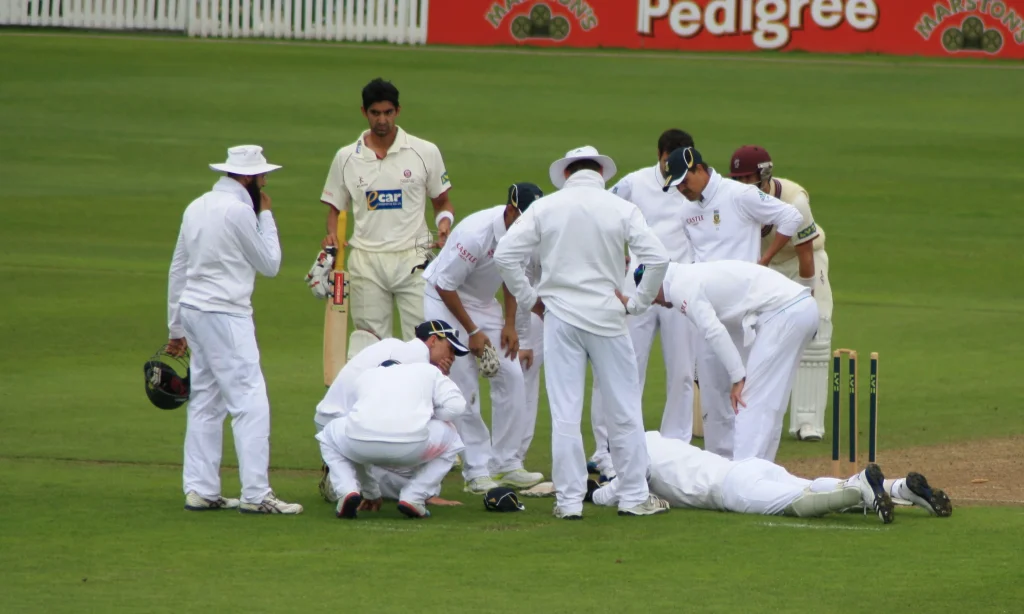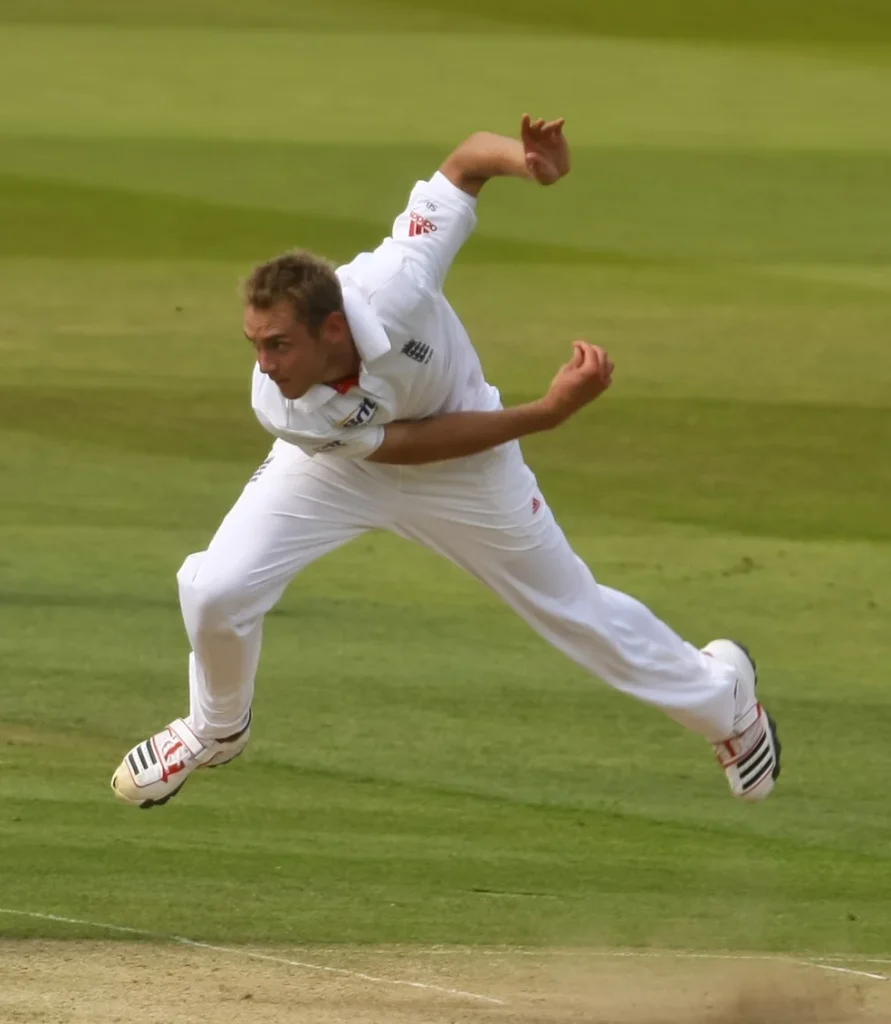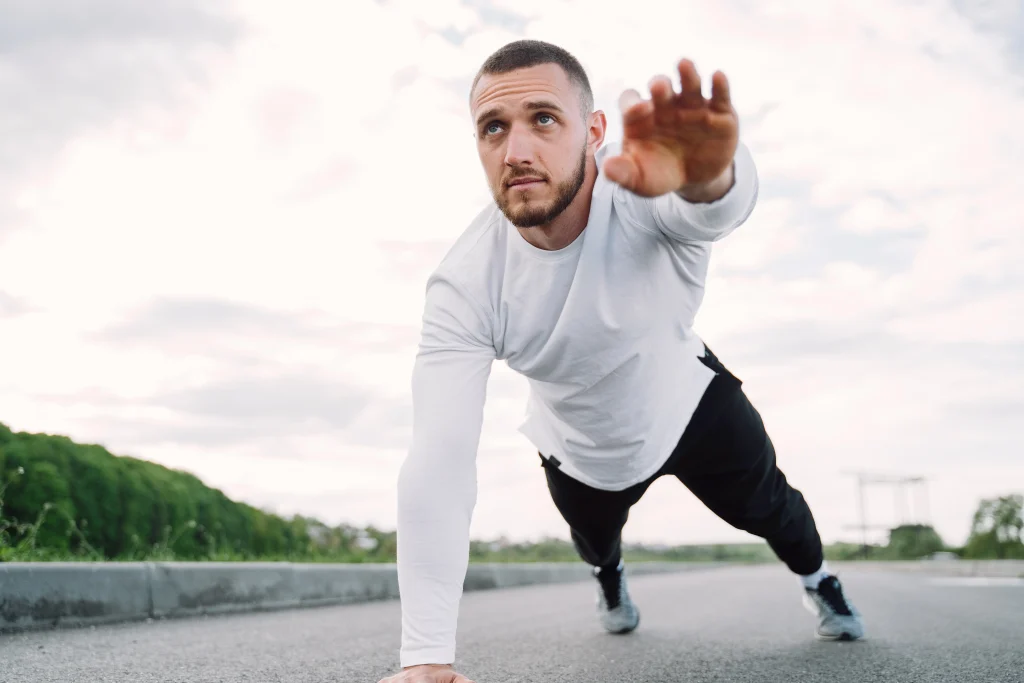
Cricket is a national sport that is popular amongst our culture. Whether you’re playing professionally for a club or just playing some backyard cricket at your annual family barbeque, it is a sport that brings our communities and families together. However, there are some common injuries such as strains, sprains, fractures or bruising that can occur to anyone, whether you’re a bowler, batsman or fielder. Like any sport, common cricket-associated injuries can occur due to impact, sudden movements or by overuse and overloading certain muscles or joints.
Depending on your role in the team, you may be more prone to certain injuries compared to other team members. For example, fast bowlers may be more susceptible to rotator cuff injuries and back strains compared to batsmen.
Below are common cricketing injuries and possible exercises than can help ease pain or be included in any rehabilitation plan created by your physiotherapist. It is important to note that this is a general guide only and you should always see a qualified physiotherapist for a tailored rehabilitation plan to suit your specific cricket injury and role in the team.

Hamstring Strain:
- Hip extensions
- Hamstring curls
- Hamstring wall stretch
- Calf stretches
- Single-leg balance
Lumbar Stress Fracture:
- Core strengthening
- Double leg glute bridges
- Side lying clam
- Side lying hip abduction
- Side plank
- Bird dog

Side Strains:
- Side plank
- Standing trunk rotation
- Russian twists
- Mountain climbers
- Dead bug
Patellar Tendinopathy:
- ½ squat with knees and feet facing outwards
- Single leg seated knee extensions
- Hip extensions
- Hip abduction
Knee Ligament Injuries:
- Knee flexion with heel slide
- Single leg raise
- Balance on one leg and reach
- Wall squat
- Step ups
- Resisted side-stepping (with resistance band)
Posterior Ankle Impingement:
- Lunges
- Toe scrunches
- Theraband inversion and eversion exercises
Early intervention is key to preventing cricket injuries from becoming chronic with the main goal of rehabilitation to build back strength, flexibility and work towards reducing further risk of injury or re-injury. Most importantly, getting you back on the pitch, enjoying time with your friends and family.

